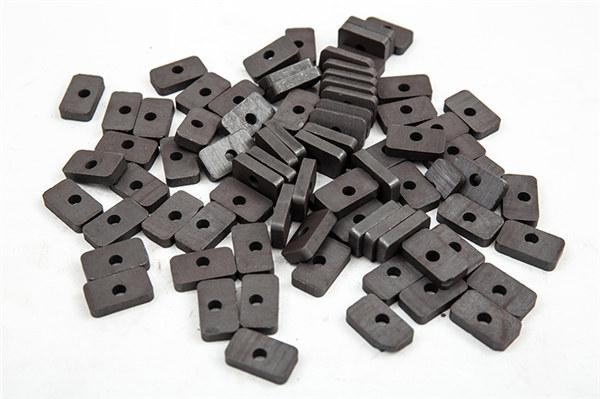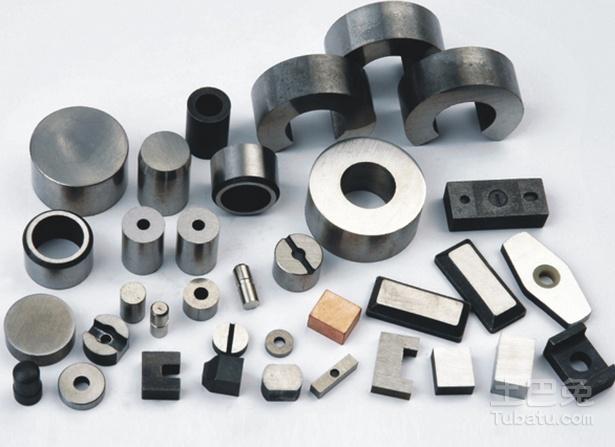Are Alnico Magnets Stronger Than Neodymium?
Magnets are fascinating objects that have been used for centuries in various applications, from compasses to motors and generators. When it comes to permanent magnets, two popular types are Alnico and neodymium magnets. Both have unique properties and strengths, but which one is stronger? In this article, we will explore the characteristics of Alnico and neodymium magnets to determine their relative strengths.

Alnico Magnets:
Alnico magnets are composed of a combination of aluminum, nickel, and cobalt, hence the name “Alnico.” They were first developed in the 1930s and have been widely used since then. Alnico magnets are known for their excellent temperature stability and high magnetic flux density. They can retain their magnetic strength even at elevated temperatures, making them suitable for applications in motors, loudspeakers, and electric guitars.
The magnetic strength of Alnico magnets is typically measured in terms of its maximum energy product (BHmax), which indicates the magnet’s ability to store magnetic energy. Alnico magnets have a BHmax ranging from 1 to 5 megagauss-oersteds (MGOe). This rating is relatively high and indicates strong magnetic properties.
Neodymium Magnets:
Neodymium magnets, also known as NdFeB magnets, are the strongest commercially available magnets today. They are made primarily of neodymium, iron, and boron, with traces of other elements. Neodymium magnets were developed in the 1980s and have since revolutionized various industries due to their exceptional magnetic strength.
Neodymium magnets have an extremely high BHmax, ranging from 27 to 52 MGOe. This remarkable strength is significantly higher than that of Alnico magnets. Due to their strength, neodymium magnets are widely used in applications where compact size and maximum magnetic performance are required, such as computer hard drives, headphones, magnetic separators, and high-performance motors.
Strength Comparison:
In terms of magnetic strength, neodymium magnets are significantly stronger than Alnico magnets. Their high BHmax rating allows them to generate much stronger magnetic fields compared to Alnico magnets of similar size. This strength advantage is a key factor in their widespread use in modern technology and industries.
It is important to note that while neodymium magnets are stronger, they also have some drawbacks. They are more susceptible to corrosion and are relatively brittle compared to Alnico magnets. Therefore, proper coating and handling are necessary to prevent degradation and breakage.
Choosing the Right Magnet:
The choice between Alnico and neodymium magnets depends on the specific application requirements. If temperature stability and moderate magnetic strength are essential, Alnico magnets are a suitable choice. They are reliable and have been used successfully for decades in various applications.
However, if maximum magnetic strength is the primary concern, neodymium magnets are the preferred option. Their exceptional performance and compact size make them ideal for high-performance applications where space and efficiency are critical.
In conclusion, while both Alnico and neodymium magnets have their strengths, neodymium magnets are stronger in terms of magnetic performance. Their high BHmax rating enables them to generate significantly stronger magnetic fields compared to Alnico magnets. However, it is essential to consider other factors such as temperature stability, corrosion resistance, and brittleness when selecting the appropriate magnet for a specific application.
